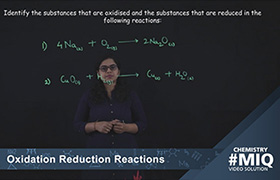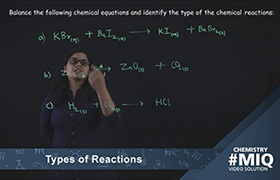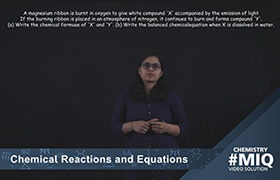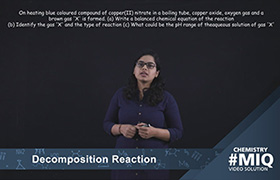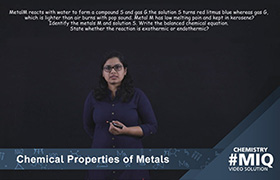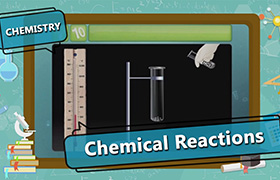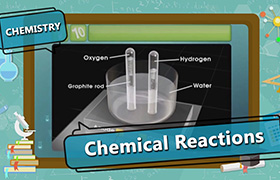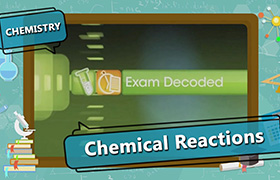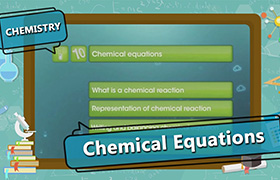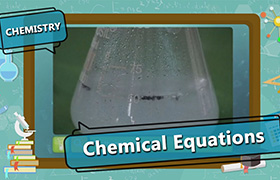CBSE Class 10 Answered
why alchohol is reactiveand how acid is made up of give its examples.
Asked by diyapandey.sah | 12 Apr, 2023, 21:45: PM
Dear Student,
Answer for first query:
The functional group of the alcohols is the hydroxyl group, –OH.
The chemical reactivity of alcohols is due to the presence of hydroxyl group.
Unlike the alkyl halides, this group has two reactive covalent bonds, the C–O bond and the O–H bond.
Three reactive sites for alcohol are carbon – hydroxyl group bond (C – OH bond), oxygen – hydrogen bond (O – H bond) and the hydrogen attached to α-carbon of alkyl group.
These bonds are involved in chemical reactions of alcohols.
The electron withdrawing nature of hydroxyl group, electroneagtivity of oxygen atom, two lone pair of electrons present on oxygen atom of hydroxyl group are responsible for highly reactive nature of alcohols.
Answer for second query:
A Bronsted-Lowry acid is a substance which donates a proton or H+ ion to the other compound and forms a conjugated base. For example, HCl, H2SO4
Lewis acids are the chemical species which have empty orbitals and are able to accept electron pairs from Lewis bases. For example, AlCl3
Answered by | 13 Apr, 2023, 12:10: PM
Application Videos
Concept Videos
CBSE 10 - Chemistry
Asked by Nehalakshmi65 | 14 Jul, 2024, 09:57: AM
CBSE 10 - Chemistry
Asked by shantilaljain03051973 | 09 Jul, 2024, 20:46: PM
CBSE 10 - Chemistry
Asked by ELECTRICAL.RCRC | 23 Jun, 2024, 04:23: AM
CBSE 10 - Chemistry
Asked by toppercontentteam | 18 Jun, 2024, 13:09: PM
CBSE 10 - Chemistry
Asked by psaisruthi10012009 | 07 Jun, 2024, 11:09: AM
CBSE 10 - Chemistry
Asked by pranathireddy736 | 28 May, 2024, 12:59: PM
CBSE 10 - Chemistry
Asked by karmvirsingh9602741719 | 17 May, 2024, 11:42: AM
CBSE 10 - Chemistry
Asked by kamalapallysudha17 | 25 Mar, 2024, 19:52: PM
CBSE 10 - Chemistry
Asked by sagarmishra | 04 Mar, 2024, 09:50: AM
CBSE 10 - Chemistry
Asked by 09.10bjanvhijadhav | 02 Mar, 2024, 08:22: AM

